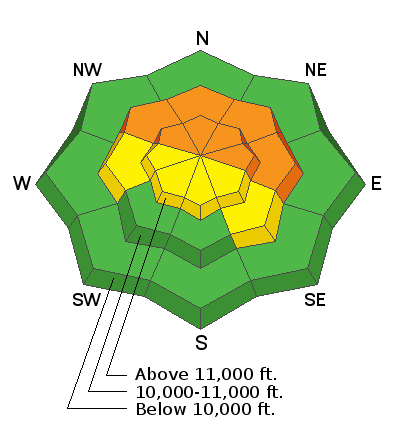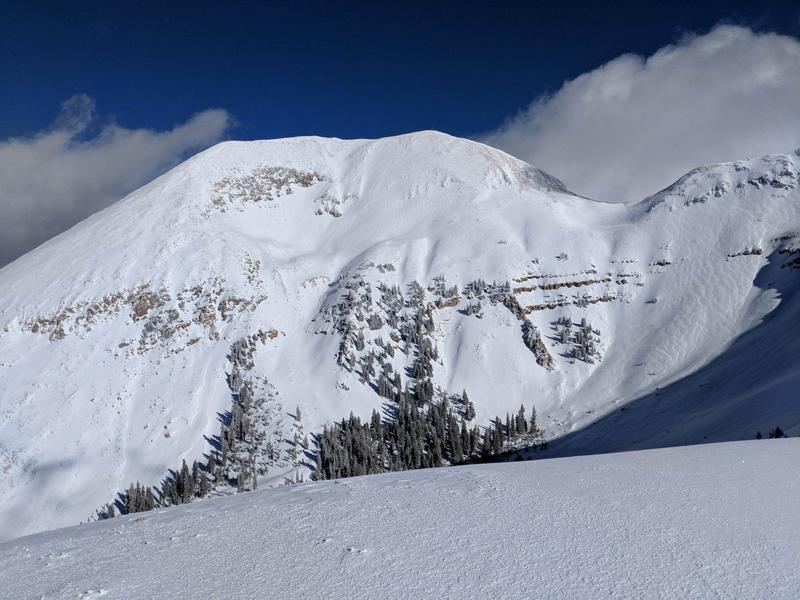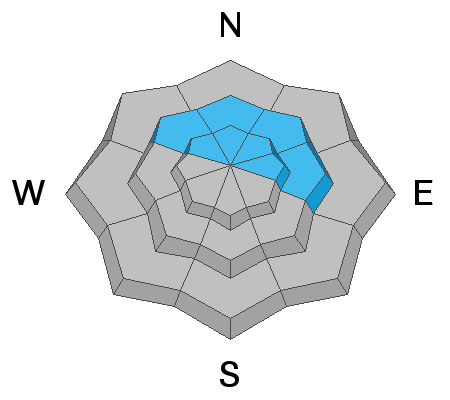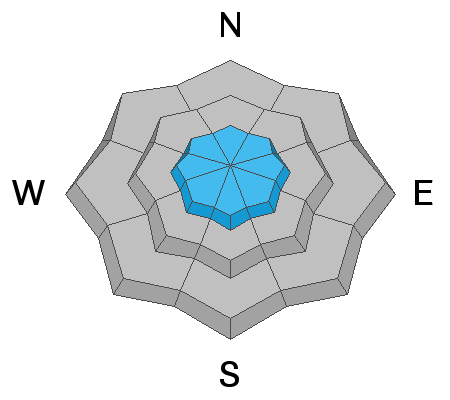Forecast for the Moab Area Mountains

Issued by Eric Trenbeath on
Sunday morning, December 2, 2018
Sunday morning, December 2, 2018
The avalanche danger is CONSIDERABLE on mid to upper elevation terrain that faces NW-N-E, and human triggered avalanches breaking down into buried, persistent weak layers are likely in these areas. Pay special attention to slopes with areas of wind drifted snow. Look for signs of instability such as cracking in the snow surface and avoid terrain that has a smooth, rounded, pillowy appearance. Below about 10,000' the avalanche danger is generally LOW.

Low
Moderate
Considerable
High
Extreme
Learn how to read the forecast here









